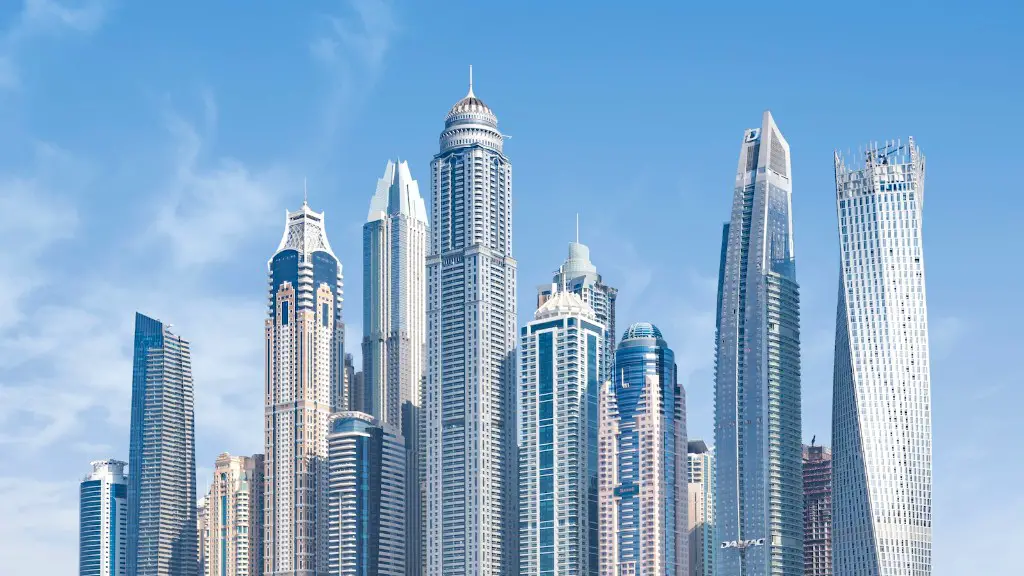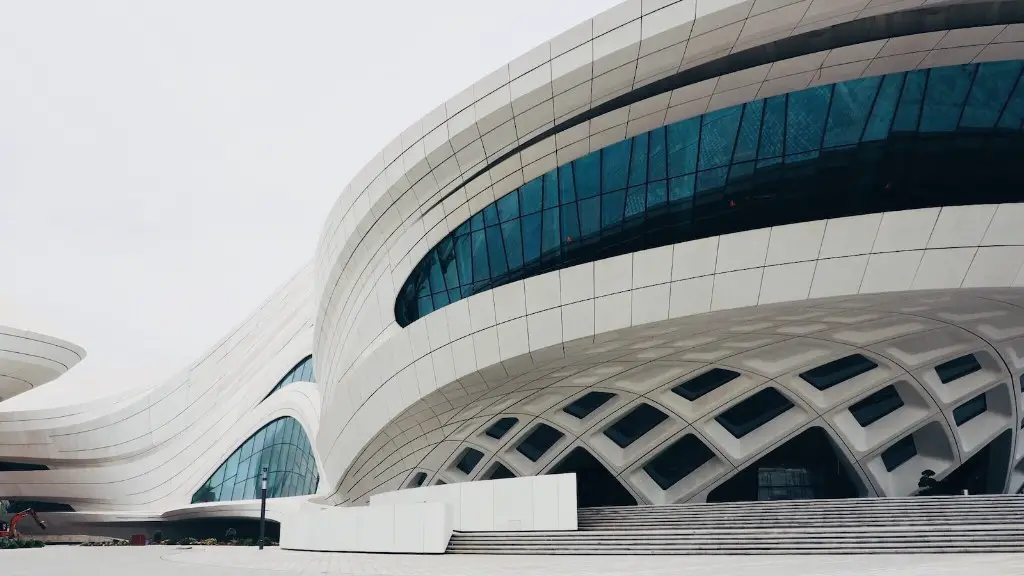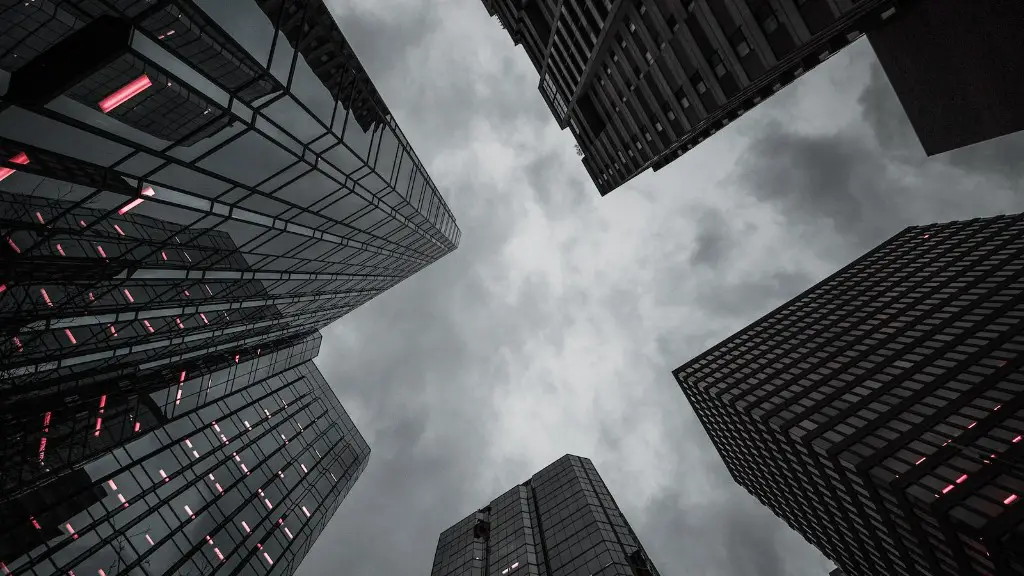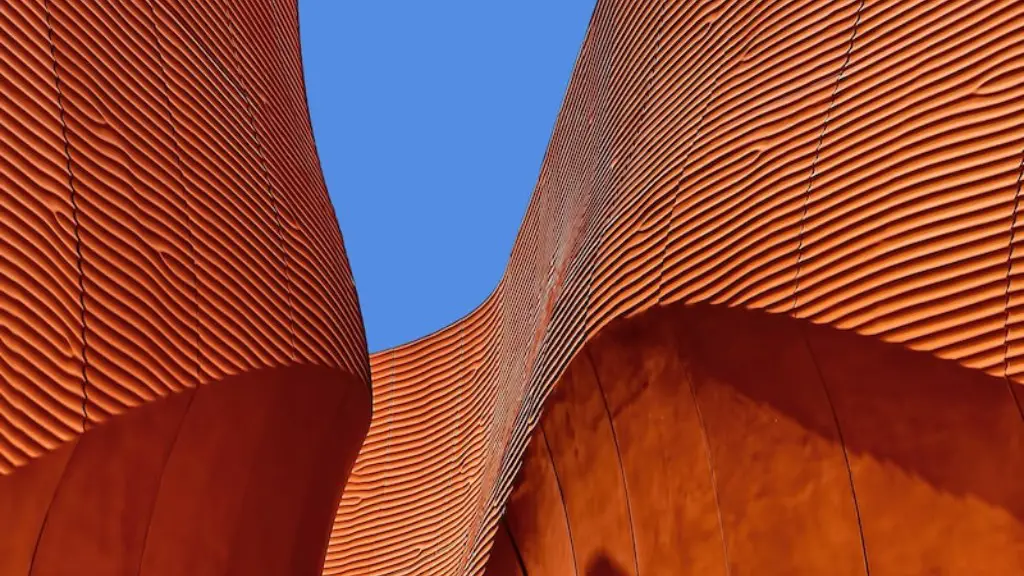Net zero architecture represents a paradigm shift in the art of building construction and design. The term refers to the creation of buildings that generate as much energy as they consume and create no net carbon emissions. Architects, urban planners, and building professionals are working together to create structures that are not only energy-efficient, but also aesthetically pleasing. Net zero architecture is multifaceted and requires a holistic approach to design, construction, and operations.
At the core of net zero architecture is the usage of renewable energy sources such as solar panels and geothermal pumps. These sources have the potential to be highly efficient and are relatively low impact on the environment. By harnessing the sun’s energy, architects can mitigate and reduce the effects of climate change. In addition, the use of photovoltaic cells and geothermal pumps is also a major component of net zero architecture.
When considering net zero architecture, the importance of energy efficiency and sustainability must be at the forefront of the discussion. According to experts, buildings are responsible for approximately 40% of total energy use in many countries. An energy efficient building must be designed and constructed to optimize thermal and electrical efficiency in order to be efficient over the long-term.
In order to maximize energy efficiency, architects must consider building materials and systems such as insulation, lighting, HVAC and windows. For instance, insulation plays a major role in helping to maintain a building’s thermal integrity, while efficient windows and energy saving lighting systems are essential for an energy-efficient building. Additionally, architects must consider the size and shape of the building to optimize the use of space.
Net zero architecture is reliant on the use of alternative energy sources such as solar and wind energy, as well as waste heat recovery systems. Photovoltaic cells, which convert sunlight into electricity, and geothermal pumps, which harness the earth’s heat, are powerful and cost effective options. Solar panels and wind turbines are often used in conjunction with other forms of renewable energy sources to generate electricity.
For architects, the integration of renewable energy into architecture is an exciting and challenging prospect. While there may be a greater capital cost in the beginning phases of the project, the use of renewable energy sources often translates into future savings in energy costs. Additionally, the use of renewable energy sources can make a building eligible for certain energy tax credits.
Effects of Net Zero Architecture on the Environment
Net zero architecture has a direct effect on the environment in terms of energy consumption, climate change, and the impact of building material on the environment. By utilizing renewable energy sources such as solar and wind power, architects can significantly reduce a building’s carbon footprint. Additionally, the use of renewable energy sources reduces the need for traditional fossil fuels, which contribute significantly to air pollution and climate change.
Furthermore, net zero architecture can also contribute to water conservation. By using efficient water systems such as rainwater harvesting and greywater reuse, architects can reduce water consumption. Additionally, the use of green roofing materials such as extensive and intensive green roofing systems can help conserve water as well.
The impact of buildings on the environment can be further reduced by the use of recycled materials. Recycled materials can be used in many aspects of a building’s design, from walls and roofing to insulation and electrical wiring. Architects can also consider methods of green building such as passive solar and the use of non-toxic materials in the building process.
The Benefits of Net Zero Architecture
Net zero architecture presents several important benefits in terms of energy savings, comfort and cost savings. Due to the introduction of renewable energy sources and efficient building materials, a net zero building can save up to 50% of energy costs over traditional buildings. As a result, buildings have the potential to pay for themselves in the long run.
The use of net zero architecture also has a positive effect on a building’s indoor environment. With efficient insulation and energy saving systems, net zero buildings are significantly more energy efficient and comfortable for occupants. Additionally, net zero buildings are often quieter, due to the use of less energy-intensive materials such as recycled insulation and noise dampening systems.
Finally, the use of net zero architecture can result in a reduction of building operation costs. Buildings equipped with energy-efficient systems and equipment require less energy for operations, resulting in lower monthly energy bills. Additionally, the use of energy efficient systems can reduce the need for costly repairs and maintenance in the long run.
Drawbacks and Challenges of Net Zero Architecture
Despite the many advantages of net zero architecture, there are potential drawbacks and challenges. For instance, the cost of implementing net zero architecture can be prohibitive in some cases, due to the cost of additional materials and equipment and the cost of installation and maintenance. Additionally, some materials used in net zero buildings may have a shorter lifespan than traditional materials, resulting in additional costs.
Furthermore, the complex nature of net zero architecture requires specialized knowledge of energy efficiency and renewable energy. While certain energy auditors and architects are adept at designing and constructing net zero buildings, this process requires a significant investment of time, energy, and money.
Finally, the process of developing net zero architecture can present certain legal and regulatory challenges. In many jurisdictions, building codes and zoning regulations have not been updated to accommodate the use of net zero architecture. This can present a challenge to architects and builders attempting to create energy-efficient buildings.
The Future of Net Zero Architecture
As the need for energy efficiency and renewable energy sources increases, net zero architecture is likely to become more prevalent in the future. While the implementation of net zero architecture presents certain challenges, it is an exciting opportunity for architects, urban planners, and building professionals to contribute to the fight against climate change.
In the coming years, it is likely that more governments will embrace the concept of net zero architecture and implement building regulations and incentives that promote the reduction of energy consumption. Additionally, the use of renewable energy sources is likely to become more widespread in the construction and design of buildings.
Finally, the development of net zero architecture is likely to continue to evolve with advances in technology. As efficiency standards and building materials improve, more efficient and sustainable structures will become increasingly viable and appealing to architects, building owners, and occupants alike.
Developments in Sustainable Materials
As the demand for net zero architecture increases, so too is the demand for sustainable materials. Architects and building professionals are currently experimenting with a wide range of materials and technologies that are designed to reduce energy consumption and lower the carbon footprint of a building.
The use of renewable or recycled materials is one way of minimizing the environmental impact of construction. Bamboo, hemp, and rammed earth are some examples of sustainable building materials that offer several environmental benefits. Additionally, solar panels and wind turbines can also be incorporated into a building’s design to generate energy for operations and heating.
Artificial intelligence (AI) is also playing an important role in the development of sustainable building materials. AI-controlled systems are being used to monitor and optimize temperature, humidity and ventilation levels in buildings. Lux sensors, motion detectors and occupancy detectors can also be used to further optimize energy usage.
In addition to materials and technologies, airflow and thermal insulation are also key components of net zero architecture. High-efficiency air conditioning and heating systems are essential for an energy-efficient building. Additionally, insulation materials such as spray foam insulation, cellulose insulation and radiant barriers can play an important role in preventing energy loss.
Innovations in Net Zero Architecture
The development of net zero architecture is driven by constant innovation in the field. Architects and building professionals are finding innovative ways to reduce the environmental impact of buildings. For instance, the use of prefabricated and modular building materials can reduce the amount of time and resources required for construction.
The development of smart building technology is also a major component of net zero architecture. Smart building technology is designed to optimize a building’s energy performance with the use of automation and machine learning. Smart building technology can be used to optimize heating, cooling, and ventilation systems and to monitor the performance of these systems in real time.
Computer-aided design (CAD) is also an important tool for net zero architecture. Through the use of CAD software, architects are able to quickly and accurately design energy efficient buildings. This type of technology allows architects to explore a multitude of design options quickly and efficiently.
Finally, the use of virtual and augmented reality (VR and AR) is also essential for net zero architecture. Through VR and AR, architects are able to explore physical environments and generate photorealistic renderings of a building’s design to determine if a project is feasible. Additionally, AR technology can be used to optimize energy efficiency by providing information about energy consumption, air quality, and light levels.





